Image: A Swiss soldier (foreground) talks to a German border guard through the frontier wire.
French, German, Italian, British or American aircraft also sometimes accidentally crossed onto Swiss soil. In certain cases the plane landed because the airmen did not realise they had crossed the frontier, while other times injuries to the crew meant they had to land immediately. Below is a German aircraft that landed at Bellach (about 30km or 19 miles from the frontier) on 13 October 1916.
The two Serbian soldiers show below, Sergeant Lioubomir Romich (left) and private Svetozar Markovitch (right), had been captured by the Bulgarians and Austro-Hungarians respectively. In 1916, after spending two months working on a German farm they managed to escape. They travelled for 13 days until they managed to cross the Swiss frontier. In the centre of the photo is Johann Weber, the Swiss soldier who then escorted them to Geneva. The British soldier A.J. Evans, who wrote the book "The Escaping Club", also managed to get into Switzerland from Germany after 18 days on the run. Not everyone who tried to make the crossing was successful. On 10 April 1917, a Russian prisoner of war being held in Germany tried to cross to Switzerland, but was shot by the Germans as he did so.
Deserters also crossed the frontier. In the 1920s, a high-ranking Reichswehr (German army) officer estimated that 9,000 German deserters fled to Switzerland during the First World War! (information from Dr. Benjamin Ziemann)
Also on this website: "Kilometre Zero: Where the Swiss frontier met the Western Front.
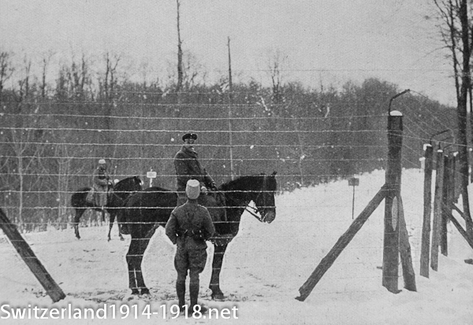
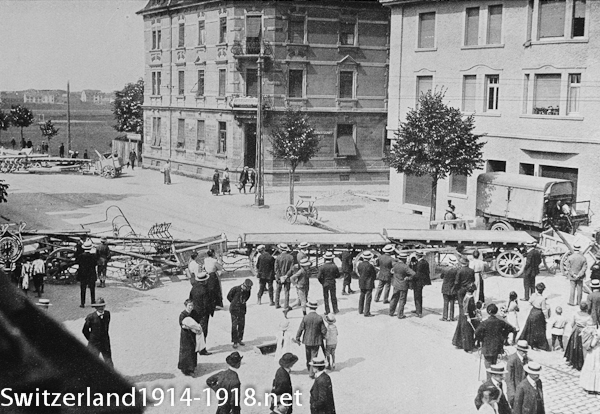
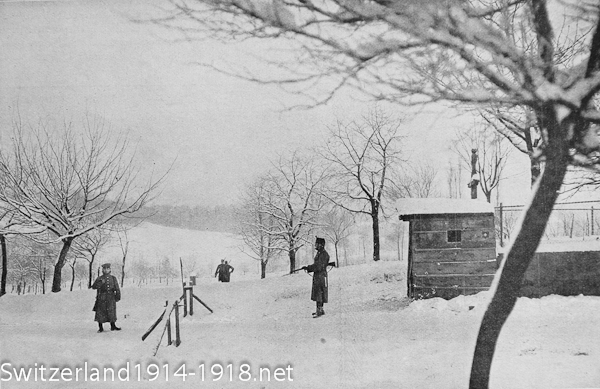
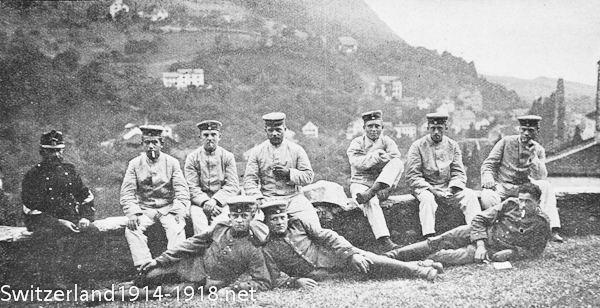
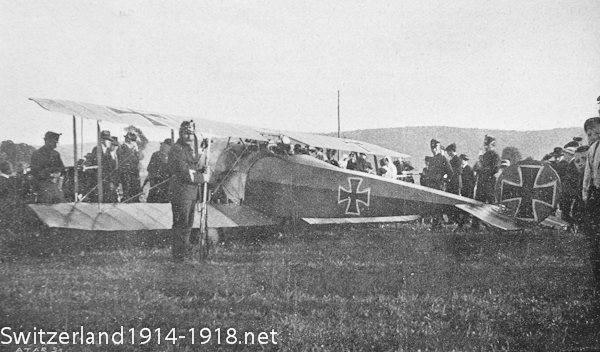
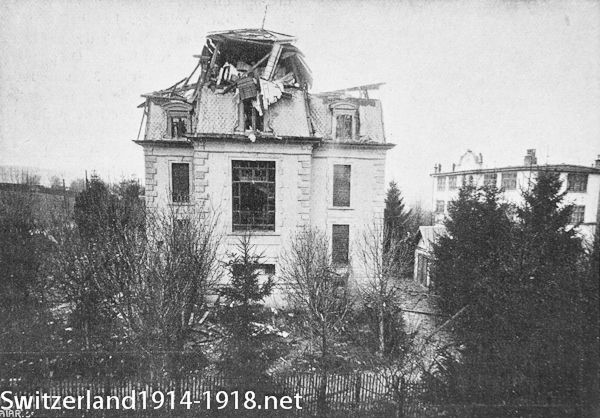
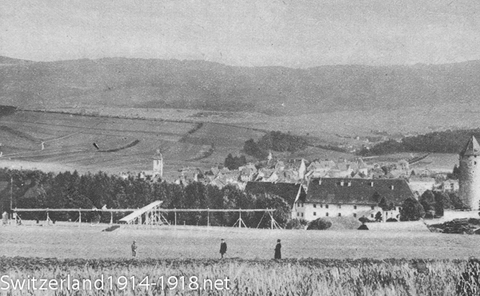
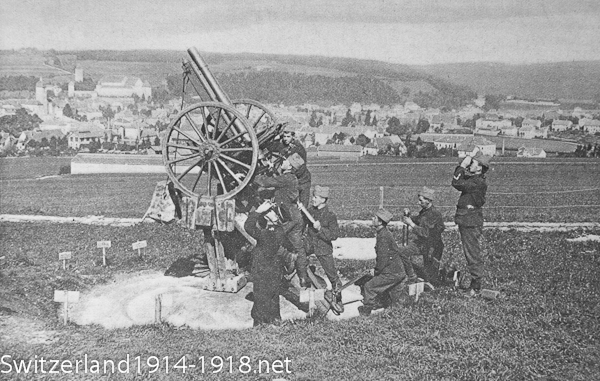
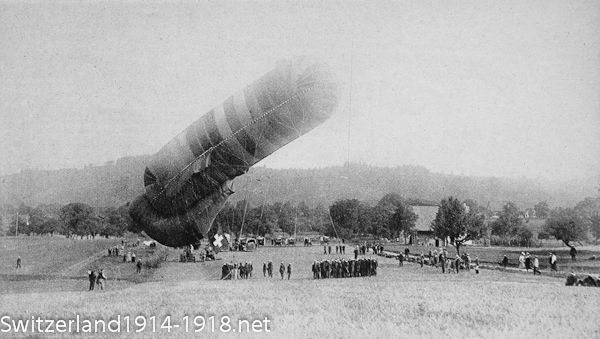
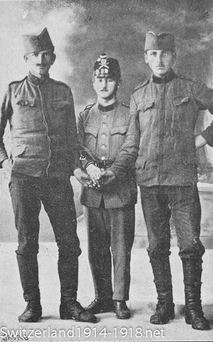
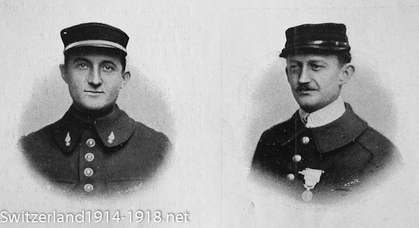
 RSS Feed
RSS Feed
